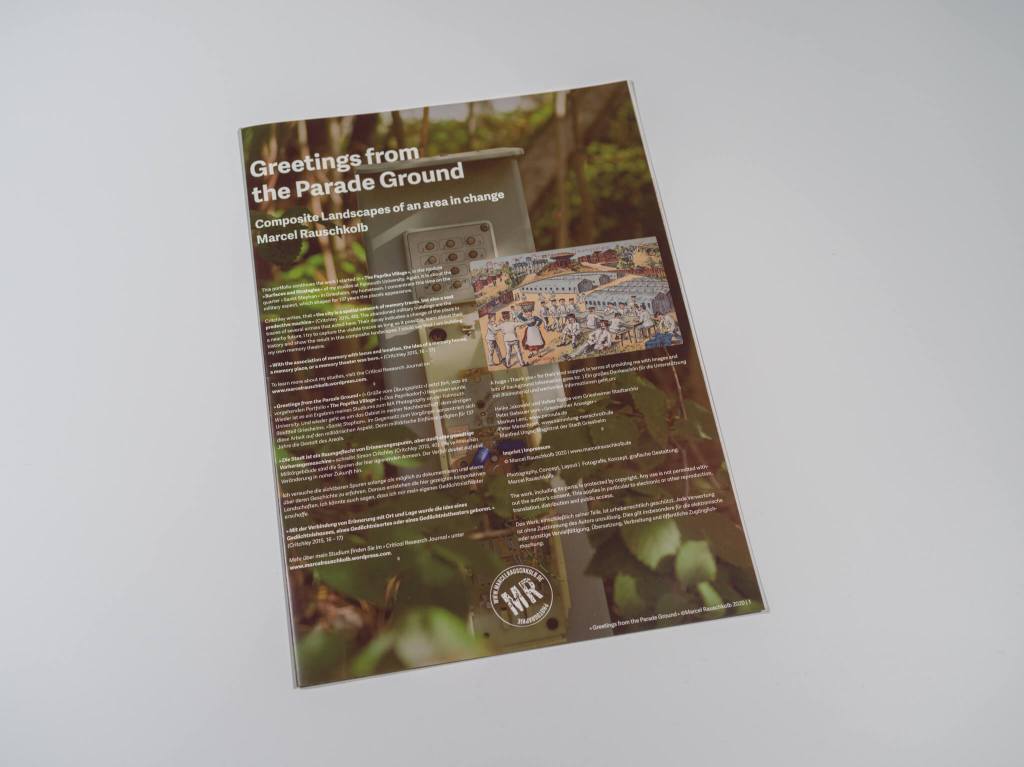
When working on a portfolio, one of the greatest moments is seeing it real, tangible, printed. The first portfolio of my travels through my neighbourhood, »The Paprika Village« (Rauschkolb, 2020), was a DIN A4 booklet, digitally printed and bound by myself. As a reminiscence to photographers’ albums of the 1930s and 1940s (Curtis 2011, 59 ff., 142 ff.), I used wire binding.
»Make it big!« was the advice my tutor Colin Pantall gave me in a webinar. I gladly followed. I like small, tiny publications, they have a certain charm, but for the images of »Greetings from the Parade Ground«, I found a large-sized publication appropriate. Because my network of people who support me grew, I needed more issues than before. I started researching at »The Newspaper Club«. I like their products, but in this case, the paper stock-size-edition ratio was not satisfying. As a solution, I used an approach I have used earlier in another project: Ordering printed, plain sheets and assembling them by myself. So I ordered DIN A2 (594×420) posters, printed on both sides in the offset-process. I used 135 g/m²-paper, which is stable enough but also folds nicely.
When they arrived, I folded them to a DIN A3 (297×420 mm) format and assembled them to the publications. I folded the ones destinated to be shipped by post a second time to get a DIN A4 (297×210 mm) format. To get everything nice and clean, I had to fold each sheet separately and then assemble them. The last step was smoothing with a roller to reduce the volume. With a little bit of routine, the process wasn’t very time-consuming.
The results meet my expectations: I can show my images in a big size and have a publication which appealingly presents the work. As a side effect, I like the combinations, that result when opening the book. Because of the folding, the left page shows image one; the right page shows image two. With this, a new, temporary image evolves.
For the first flight, I printed an edition of 20. If people get interested, I will publish a second edition. While working on this, I think about re-publishing the first portfolio in the same way.
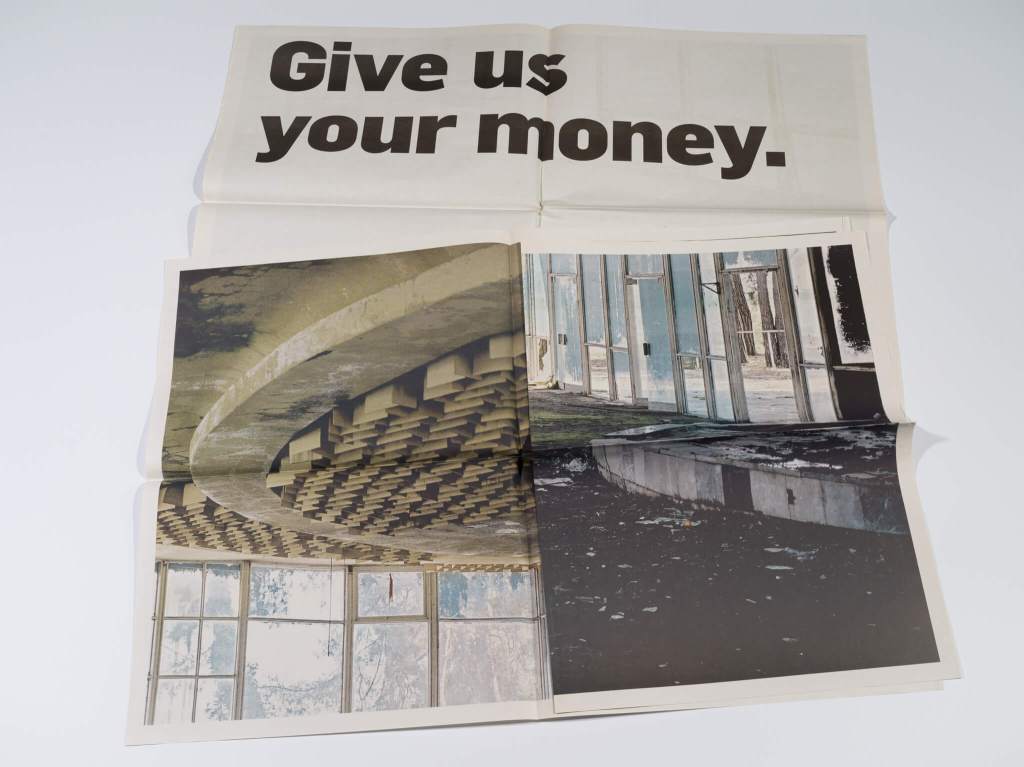
Inspirations
Three of Rob Hornstra’s and Arnold van Bruggen’s publications served as a first inspiration. All are printed on newspaper stock. If the »The Sochi Project« (Hornstra and Van Bruggen 2009) sheets were laid together, a giant image of an abandoned site appears. »On the other side of the mountains« (Hornstra and Van Bruggen 2010) can be read as a regular magazine with images and text. But with two issues and a large wall (six meters), the reader can build his exhibition. The last one, »The Europeans« (Hornstra and Van Bruggen 2019), serves as a promotional paper for their new project as the first one mentioned.

Fig. 22: Hornstra and Van Bruggen, 2010. On the other side of the mountains 
Fig. 23: Hornstra and Van Bruggen, 2019. The Europeans
Another, lesser-known, but exciting publication is »49/51« by Swedish photographer Björn Larsson (Larsson 2016). He is dealing with abandoned Swedish wooden houses and barns. Similar to my work is his interest in the traces of the past and the usage of new and archival images.
In summary, I can say that this is an excellent and affordable way to publish a portfolio.
List of Figures:
Figure 1: RAUSCHKOLB, Marcel. 2020. Title of »Greetings from the Parade Ground«. Griesheim. Self-published. Images of the publication are available at: https://www.marcelrauschkolb.de/printed-greetings-from-the-parade-ground
Figure 2 – 20: RAUSCHKOLB, Marcel. 2020. Spreads from »Greetings from the Parade Ground«. Griesheim. Self-published.
Figure 21: HORNSTRA, Rob and Arnold VAN BRUGGEN. 2009. The Sochi Project. Netherlands: The Sochi Project.
Figure 22: HORNSTRA, Rob and Arnold VAN BRUGGEN. 2010. On the Other Side of the Mountains. Netherlands.
Figure 23: HORNSTRA, Rob and Arnold VAN BRUGGEN. 2019. The Europeans. Netherlands.
Figure 24 – 26: LARSSON, Björn. 2016. Björn Larsson: 49/51. Stockholm: Journal.
Resources:
RAUSCHKOLB, Marcel. 2020. The Paprika Village/ Das Paprikadorf. Griesheim. Self-published. Images of the publication are available at: https://www.marcelrauschkolb.de/printed-the-paprika-village
CURTIS, Verna Posever. 2011. Photographic Memory: The Album in the Age of Photography. 1st ed. New York, N.Y. : [Washington, D.C.]: New York, N.Y: Aperture; Library of Congress; Available in North America through D.A.P./Distributed Art Pub.
HORNSTRA, Rob and Arnold VAN BRUGGEN. 2009. The Sochi Project. Netherlands: The Sochi Project.
HORNSTRA, Rob and Arnold VAN BRUGGEN. 2010. On the Other Side of the Mountains. Netherlands.
HORNSTRA, Rob and Arnold VAN BRUGGEN. 2019. The Europeans. Netherlands.
LARSSON, Björn. 2016. Björn Larsson: 49/51. Stockholm: Journal.


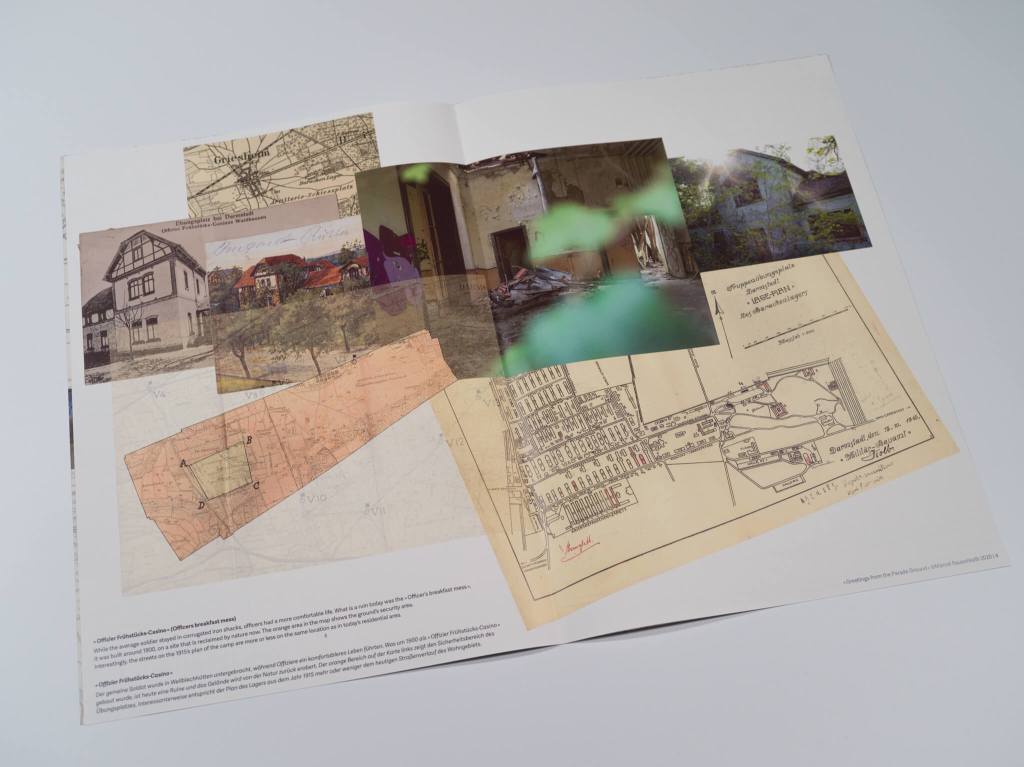
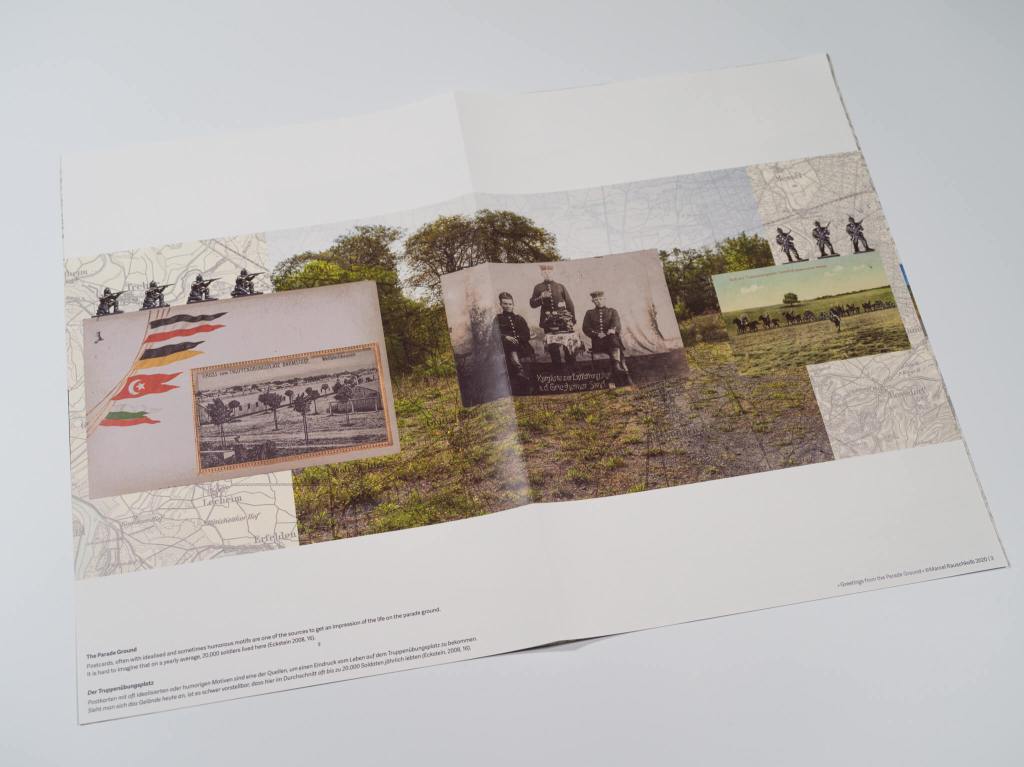


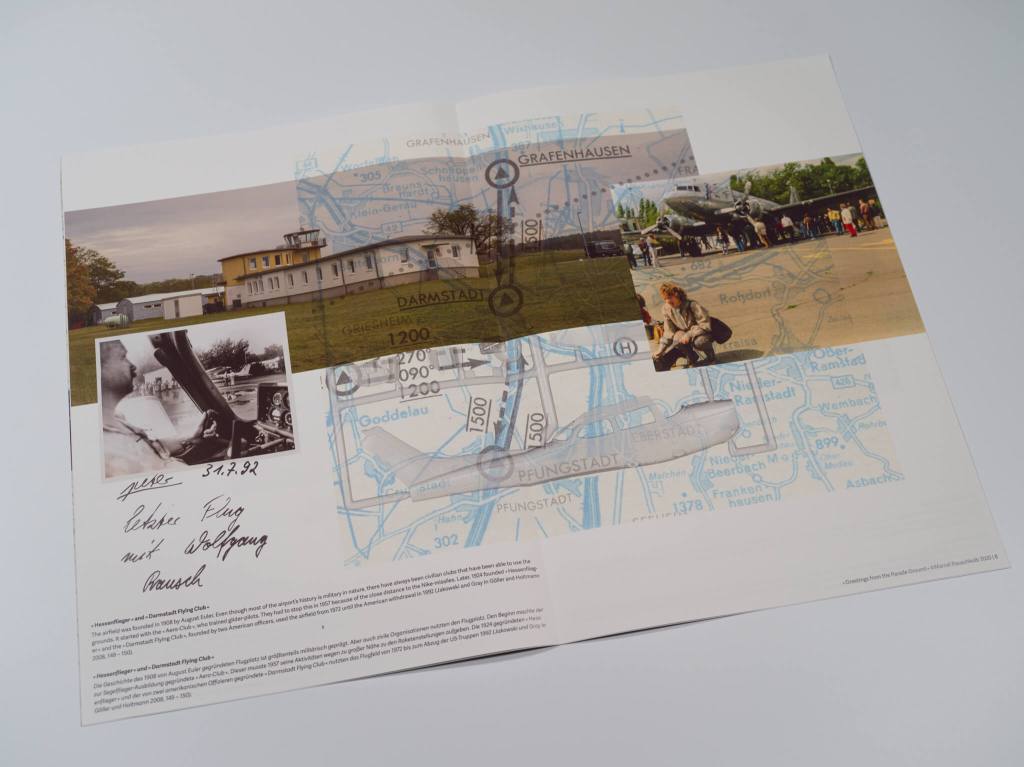


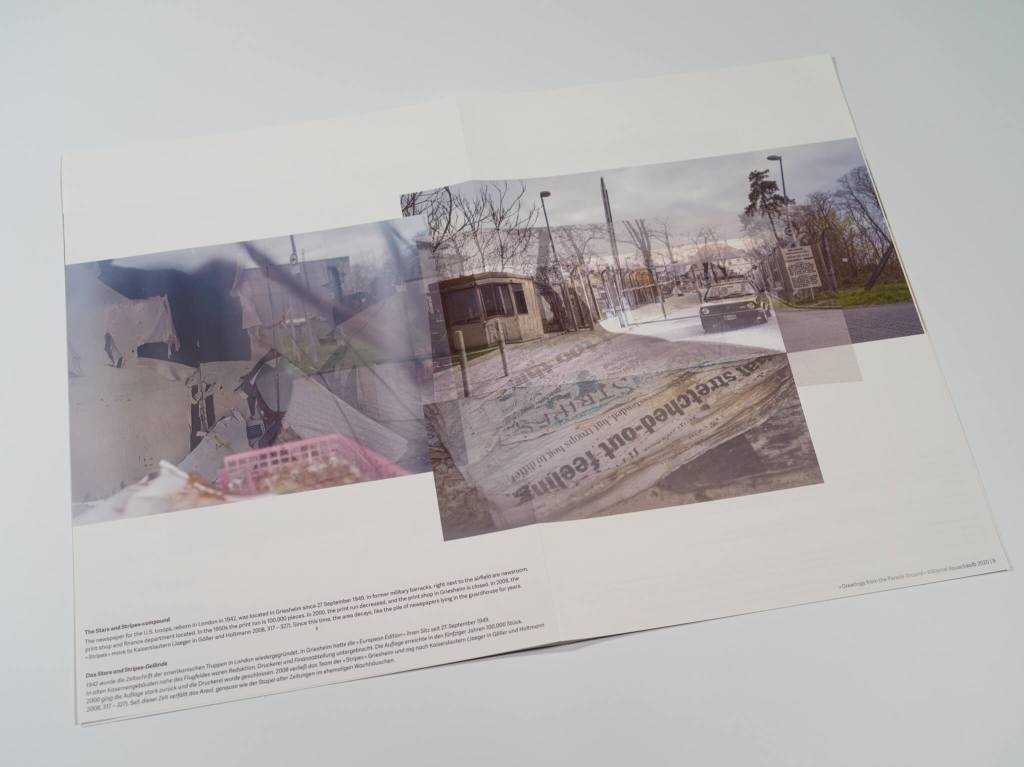


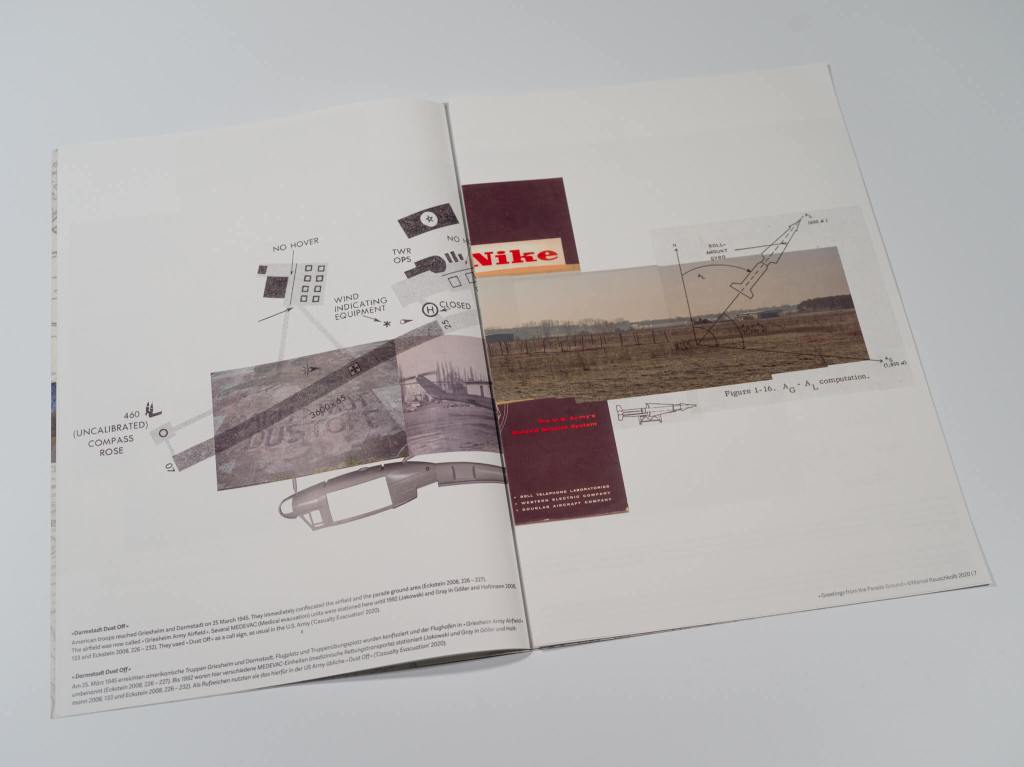


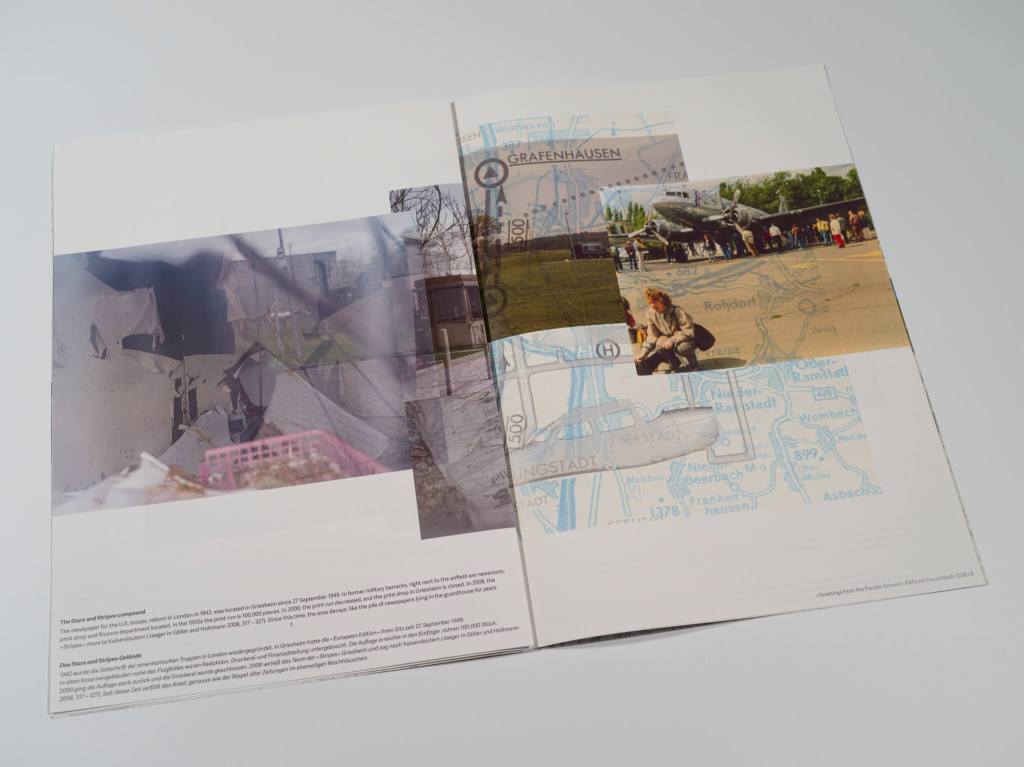






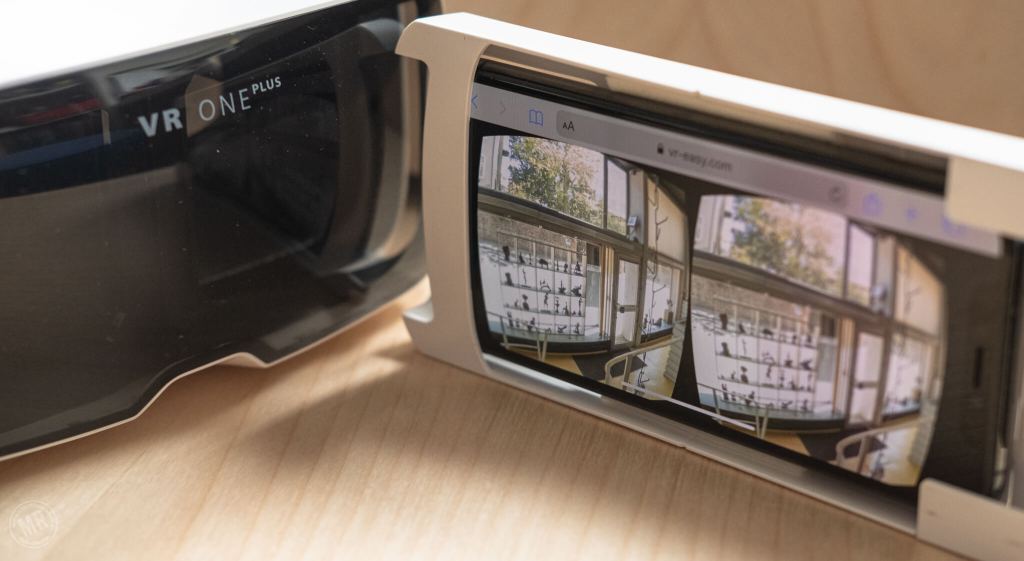




















You must be logged in to post a comment.